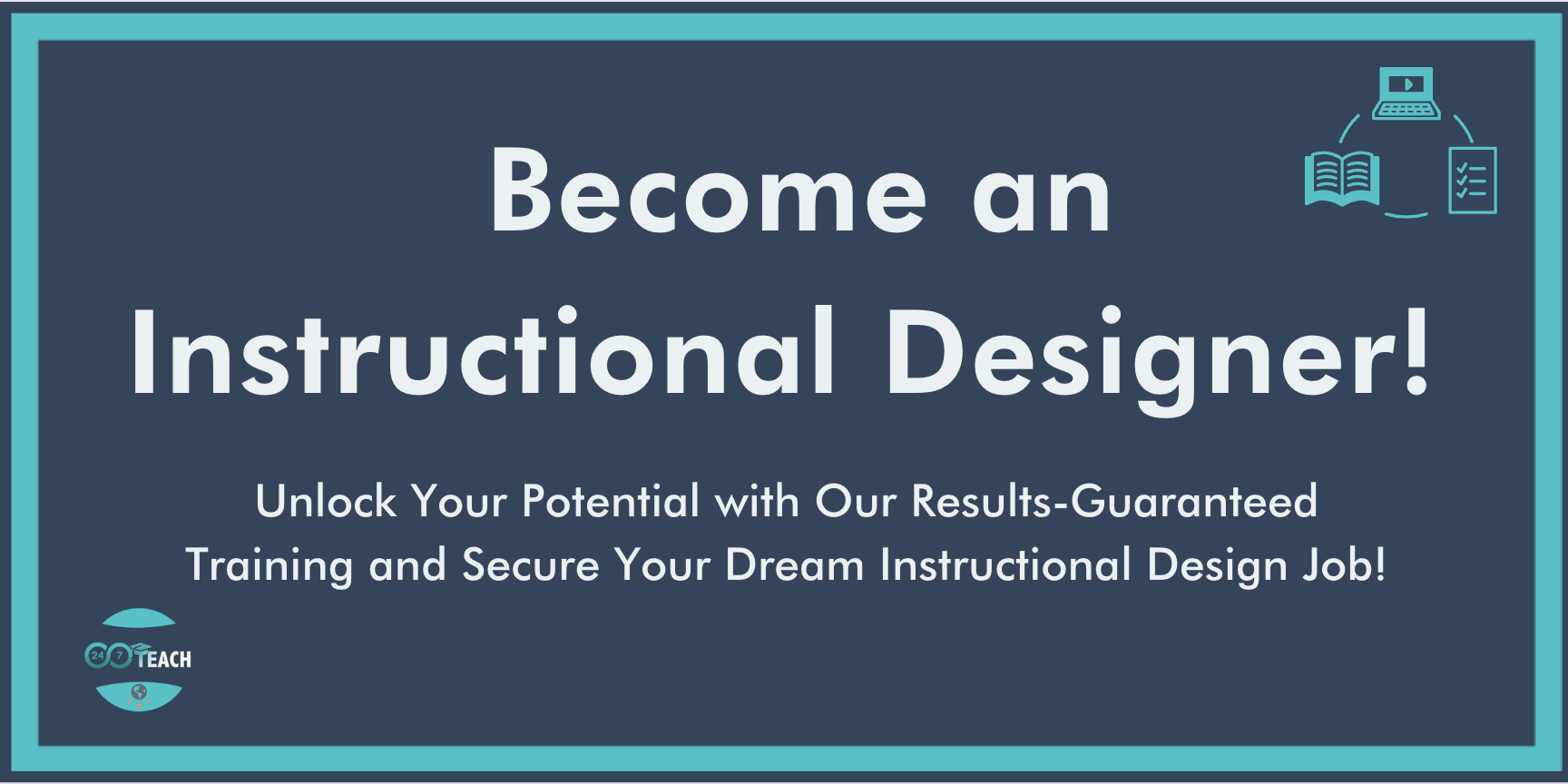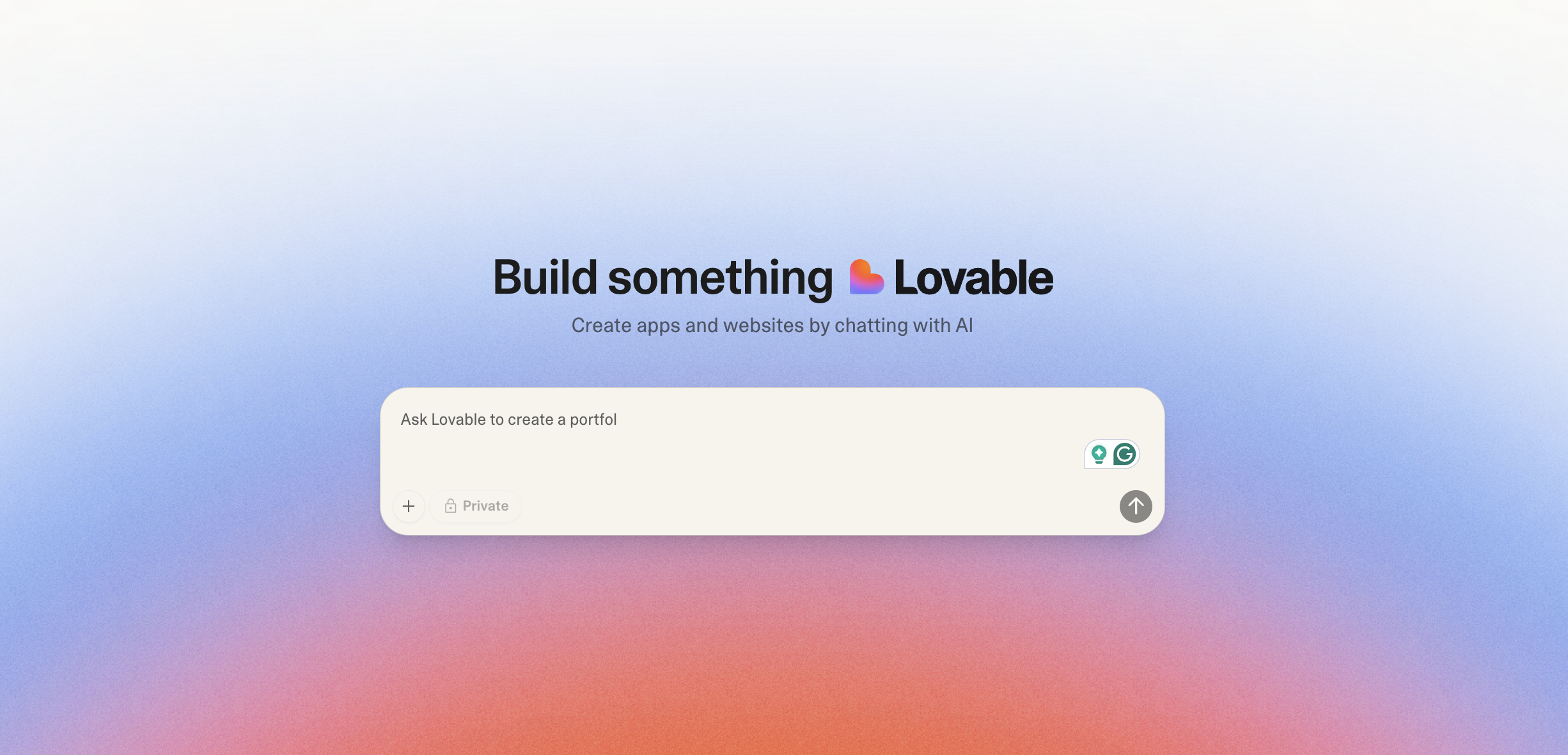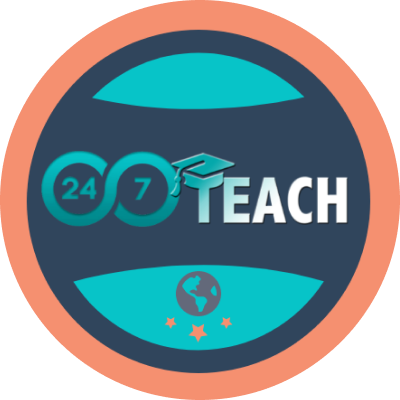Success Driven Education Modal - The Factory Line of Experiential Learning
By Anthony Miller
Lead Instructional Designer and Trainer
Prefer to listen to this post? Click below.
Click to enlarge.
Success Driven Education Modal - The Factory Line of Experiential Learning
Understanding the Success-Driven Education Model (SDEM)
As a new instructional designer or curriculum developer, understanding and implementing effective educational frameworks is crucial. One such framework that stands out is the Success-Driven Education Model (SDEM). This model integrates various instructional strategies to foster the development of skills and habits essential for success in an ever-evolving job market. This blog post will delve into the core components of SDEM, its rationale, and its benefits to learners, instructional designers, educators, and trainers.
The Rationale Behind SDEM
Today's job market is in constant flux, with new professions emerging and old ones becoming obsolete. This dynamic landscape demands that individuals possess the knowledge, skills, and habits to successfully navigate these changes. Traditional education methods, focused heavily on rote learning and standardized testing, often fail to prepare students for this reality. SDEM addresses this gap by emphasizing habit-based and experiential learning, preparing students to be adaptable and resilient in the face of change.
Core Components of the Success-Driven Education Model
SDEM is built around three main pillars: Success Driven Learner Outcomes, Learning Skills, and Success Driven Habits. These components create a holistic educational experience that prepares students for academic and real-world success.
Click to enlarge.
Success Driven Learner Outcomes:
The Success Driven Learner Outcomes define who and what we want our learners to be. These outcomes include:
Technologists: Individuals proficient in using and understanding technology.
Experienced Project Managers: Learners who can manage projects effectively.
Creators, Designers, and Engineers: Creative and innovative thinkers.
Entrepreneurs and Intrapreneurs: Self-motivated individuals who can start, build, and maintain business initiatives
Self-motivated, Life-Long Learners: Individuals committed to continuous learning.
Expert Communicators: Proficient in conveying ideas clearly and effectively.
Masters of the Growth Mindset: Individuals who believe in their ability to grow and improve.
Physically Fit and Self-Aware: Maintaining physical health and self-awareness.
Global Citizens: Understanding and respecting cultural diversity.
Networkers, Enrollers, and Connectors: Skilled in building and maintaining relationships.
These outcomes are not just academic goals but encompass personal development, ensuring that learners are well-rounded and capable of thriving in various environments.
Success-Driven Learning Skills:
Click to enlarge.
To achieve these outcomes, learners must develop a set of specific skills. SDEM focuses on the following learning skills:
Technology Skills: Proficiency in modern technological tools and platforms.
Mathematical Reasoning Skills: Ability to solve problems using mathematical concepts.
Communication Skills: Effective verbal and written communication.
Creative Skills: Innovation and creativity in problem-solving.
Project Management Skills: Planning, executing, and overseeing projects.
Leadership Skills: Leading teams and initiatives effectively.
Health, Wellness, and Mobility Skills: Maintaining physical health and mobility.
Social-Emotional Skills: Managing emotions and building relationships.
Literacy Skills: Reading, writing, and comprehension.
Scientific Inquiry Skills: Conducting scientific research and analysis.
These skills are integral to developing well-rounded individuals who can adapt to various challenges and opportunities.
Click to enlarge.
Success-Driven Habits:
Habits are critical for success as they shape behavior and responses in different situations. SDEM emphasizes the development of the following habits:
Managing Impulsivity/Self-Regulation: Controlling impulses and managing emotions.
Time Management and Organization: Effectively managing time and resources.
Listening with Understanding and Empathy: Active listening and empathy in interactions.
Collaboration and Thinking Interdependently: Working effectively with others.
Questioning and Posing Problems: Curiosity and critical thinking.
Gathering Data Through All Senses/Capacity to Research: Utilizing all senses in learning and research.
Thinking About Thinking (Metacognition)/Self-Reflection: Reflecting on one’s thought processes.
Striving for Accuracy: Precision and accuracy in work.
Applying Past Knowledge to New Situations: Using prior knowledge in new contexts.
Thinking and Communicating with Clarity and Precision: Clear and precise communication.
Taking Responsible Risks: Willingness to take calculated risks.
Exemplifying Resilience: Perseverance in the face of challenges.
Providing and Seeking Mentorship: Engaging in mentorship roles.
Active Learning/Self-Motivation: Proactive learning and motivation.
Active Memorization and Recall: Effective memory techniques.
These habits ensure that learners are acquiring knowledge and developing the behaviors and attitudes necessary for long-term success.
Click to enlarge.
The Success-Driven Instructional Design Framework
The instructional design framework within SDEM is structured to develop these skills and habits through various methods and activities in K-12 curriculum and adult training. The framework includes:
Development Pillars:
Executive Functions: How learners behave and manage tasks.
Complex Problem Solving: How learners approach and solve complex problems.
Growth Mindset: How learners think about their abilities and potential.
Communication: How learners convey and interpret information.
Project Design Framework:
Projects (learning experiences) are designed to engage learners in real-world tasks that require applying multiple skills. Themes include:
Debate: Developing argumentation and critical thinking skills.
Design and Engineering: Creating and building solutions.
Entrepreneurial Pursuit: Developing business ideas and initiatives.
Physical Performance: Engaging in physical activities and sports.
Financial and Economic Cultivation: Understanding and managing finances.
Reflection and Feedback: Continuous reflection and feedback to improve learning outcomes.
Communicate, Persuade, and Collaborate: Enhancing communication skills, learning to persuade effectively, and fostering teamwork and collaboration.
These themes ensure that projects are comprehensive and relevant, preparing learners for diverse challenges and opportunities.
Unit and Activity Design:
Units and activities are structured to facilitate comprehensive learning experiences. The framework includes:
Reading, Observing, and Documenting: Initial information gathering and comprehension.
Writing and Interpreting: Developing writing skills and interpreting information.
Creating, Building, and Solving: Hands-on creation and problem-solving.
Researching and Synthesizing: Conducting research and synthesizing information.
Presenting and Communicating: Presenting findings and communicating effectively.
Analyzing and Discussing: Critical analysis and discussion.
Assessing and Recalling: Assessing knowledge and recalling information.
Activities to Include in Your Curriculum and Training as an Instructional Designer and Curriculum Developer
Click to enlarge.
Integrating various activities into your curriculum is essential to engage learners and promote effective learning. The Success Driven Activity Design Framework™ provides a comprehensive approach to structuring these activities. Here are the steps and activities to consider:
1. Receive Information (Learn)
Description: The first step involves learners receiving new information. This foundational phase is crucial for building the knowledge base required for further activities.
Implementation:
Lectures and Readings: Provide structured content through lectures, textbooks, and articles.
Multimedia Presentations: Use videos, podcasts, and interactive media to present information in engaging ways.
Guest Speakers and Experts: Invite industry professionals to share their insights and experiences.
2. Practice Skills (Do)
Description: After receiving information, learners need to practice and apply their new skills in controlled environments.
Implementation:
Simulations and Role-Playing: Create scenarios where learners can practice skills in realistic settings.
Hands-On Workshops: Conduct workshops where learners actively engage in tasks and projects.
Interactive Labs: Set up labs that allow for experimentation and practical application of theoretical concepts.
3. Create Value (Be)
Description: This phase encourages learners to use their skills and knowledge to create tangible outcomes reflecting real-world applications.
Implementation:
Project-Based Assignments: Assign projects that require learners to develop a product or solution.
Entrepreneurial Activities: Encourage learners to design and pitch business ideas or products.
Community Engagement: Develop projects that involve community service or real-world problem-solving.
4. Reflect and Find Value (Reflect & Evaluate)
Description: Reflection is essential for deep learning. This step involves evaluating experiences and deriving meaningful insights.
Implementation:
Reflective Journals: Have learners maintain journals where they reflect on their learning experiences.
Group Discussions: Facilitate discussions where learners share their reflections and learn from others.
Peer Reviews: Implement peer review sessions where learners provide and receive feedback on their work.
5. Teach What You Know (Teach)
Description: Teaching reinforces learning. When learners teach others, they consolidate their own understanding and skills.
Implementation:
Peer Teaching: Encourage learners to teach their peers about specific topics or skills.
Presentations and Workshops: Have learners conduct presentations or workshops for the class.
Mentorship Programs: Set up mentorship programs where more advanced learners guide and teach beginners.
6. Review and Improve (Review & Improve)
Description: Continuous improvement is crucial for mastery. This step involves reviewing feedback and making necessary improvements.
Implementation:
Feedback Sessions: Provide structured feedback sessions to review learner progress.
Revisions and Iterations: Allow learners to revise their work based on feedback and strive for improvement.
Self-Assessment: Encourage learners to assess their work and identify improvement areas critically.
Integrating the Framework into Your Curriculum
To effectively integrate the Success Driven Activity Design Framework™ into your curriculum, follow these steps:
Align Activities with Learning Objectives: Ensure each activity aligns with your learning objectives and outcomes.
Create a Balanced Curriculum: Mix activities to cater to various learning styles and preferences.
Incorporate Continuous Feedback: Implement mechanisms for continuous feedback to help learners improve and stay engaged.
Facilitate Real-World Application: Design activities that have real-world relevance, making learning more meaningful and applicable.
Encourage Collaboration and Communication: Promote activities that require teamwork and effective communication among learners.
By incorporating these activities into your curriculum or training, you can create a dynamic and engaging learning environment that fosters the development of essential skills and habits. This approach enhances performance and prepares learners for success in their lives and future careers.
Click to enlarge.
The Success-Driven Mentorship Framework
Mentorship is crucial in SDEM, guiding learners through their educational journey. The mentorship framework is designed to ensure that mentors and facilitators allocate their time effectively across various essential activities when working with live learners:
Providing Context (30%): This involves offering background and relevance to learning. By contextualizing information, mentors help learners understand why their learning is important and how it connects to real-world applications.
Delivering Information (20%): Sharing knowledge and insights is vital. Mentors should spend this portion of their time delivering key information that learners need to progress. This involves teaching concepts, sharing experiences, and providing access to necessary resources.
Assessing Understanding (20%): Evaluating learner comprehension is crucial for ensuring learners are on the right track. This includes formative assessments, asking questions, and checking for understanding to identify areas where learners may need additional support.
Providing Feedback (30%): Offering constructive feedback is essential for learner growth. This includes giving specific, actionable feedback on learners' work, encouraging reflection, and helping learners understand their strengths and areas for improvement.
By focusing on these areas, mentors can provide balanced and comprehensive support that fosters learner development and success.
The Benefits of SDEM
The Success-Driven Education Model offers numerous benefits to both learners and educators:
Holistic Development: SDEM focuses on developing the whole individual, including academic, personal, and social aspects.
Adaptability: By emphasizing skills and habits that transcend specific disciplines, SDEM prepares learners for various future careers.
Engagement: Experiential and habit-based learning keeps learners engaged and motivated.
Lifelong Learning: Focusing on self-motivation and continuous improvement fosters a love for lifelong learning.
Real-World Relevance: Learning activities are designed to be relevant to real-world scenarios, making the knowledge and skills gained immediately applicable.
Resilience and Problem-Solving: Learners develop resilience and effective problem-solving skills, preparing them to face challenges confidently.
Mentorship and Support: The mentorship framework ensures that learners receive continuous support and guidance throughout their educational journey.
Conclusion
The Success-Driven Education Model is a comprehensive framework integrating habit-based and experiential learning to prepare students for success in an ever-changing world. By focusing on developing skills and habits, SDEM ensures that learners are well-equipped to navigate the complexities of the modern job market. As new instructional designers and curriculum developers, understanding and implementing SDEM can significantly enhance the educational experiences you create, leading to more engaged, adaptable, and successful learners.
Video 1: Success Driven Education Model
Video 2: Success Driven Education Model – Instructional Design Model
Video 3: Success Driven Education Model – Assessment Framework
Discussion Question:
Join the conversation and participate with the 24/7 Instructional Design community by completing the assignment and adding your answers in the comment section below:
How do the various components of the Success Driven Education Model, such as the development of specific learner outcomes, the emphasis on skill-building, and the integration of reflective practices, collectively contribute to preparing students for the complexities of the modern job market? Can you provide examples from your own educational experiences where these elements have been effectively implemented or where they could have enhanced your learning outcomes?
Need Guidance on Navigating the Shift to Instructional Design?
Before You Go...
Discover the Unmatched 24/7 Teach Experience:
Our Instructional Design bootcamps and career coaching services have a 100% success rate. We redefine learning by immersing you in practical, hands-on projects, ensuring you acquire vital professional expertise while making a meaningful difference in your community.
Unlock your true potential today with 24/7 Teach and invest in your future.








